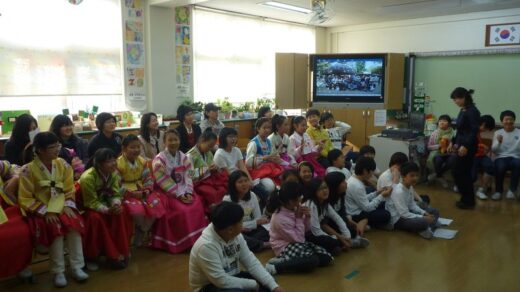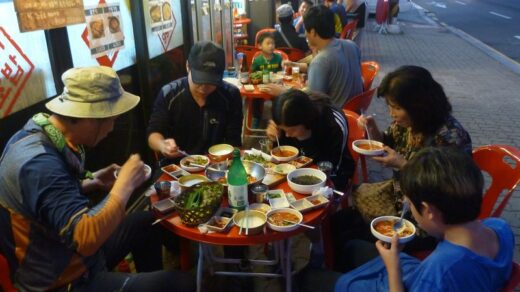1. In translating emails, there was footer content which had nothing to do with the case. But we can’t just skip it as if it doesn’t exist. The translation team simply cut-and-pasted the graphic from the PDF with a comment that the text was regarding looking for missing children. This was a well-thought judgment call since it lets the client know what’s there without including billable and useless translation.
2. The translator felt that the Korean source file was written in a very polite way and so, though it didn’t include the phrase “Thank you” at the end, he included it in the translation to reproduce the feeling for the reader. However, if the source file doesn’t say “Thank you”, then don’t add it, even if the source file is being polite. It would be a very exceptional circumstance to warrant a change of the content like this, though minor.
3. The Korean included the name of an organizational department for which no English translation could be found ont the Internet. Therefore, the translator rendered a literal translation into English (“Results Enhancement Division”). Even though it’s a proper noun, this is the appropriate handling of it. If the English translation of a department name like this isn’t available, then we have no choice but to translate it as best we can.
4. In translating emails, the translator mentioned that he’s started coming across some emails that are written in both Korean and English. The English versions are not full translations, but they relay the main points and are basically the same. He wanted to know if he should re-translate the email contents, or just skip past those emails.
The answer is clear: Translate them with a correct and full translation of the Korean. While sometimes there are cases where the source file has a translation of the Korean side-by-side, the problem is that very often these are not precise translations and our client (attorneys) will be very interested in the differences since it’s the details that help them make their case. In general, we should just translate straight through the Korean, though don’t hesitate to ask me for guidance if it’s a particularly large block of text or if the English translation really is very accurate. Often the English will have helpful cues though for context and terminology, so do try to improve your translation based on the English.
5. In the emails, the job title of a particular person in Korean is 차장 but in English, they are rendering it as “Managing Director”. Well, 차장 isn’t anything like this kind of rank and is normally translated like “Deputy General Manager”. It appears that the Korean company is using a higher-sounding rank in their US business than is actually warranted by the company’s internal organizational structure. In this case, when translating the person’s rank to English, we should translate it as “Managing Director’, since to do otherwise, would cause confusion for the client when comparing emails original written in English and our translations of the Korean. It is not a bad idea to point this out to the client separately though.
6. In the current job, there were some spots in the English translation where a word wasn’t separated by space before the start of an opening parenthesis. Korean doesn’t always put spaces before and after parenthesis, even in sentences. The rules for this are a bit complicated, but they don’t concern us in translating to English. The use of spaces before and after parenthesis should reflect their common usage in English and not mirror the use in Korean.



